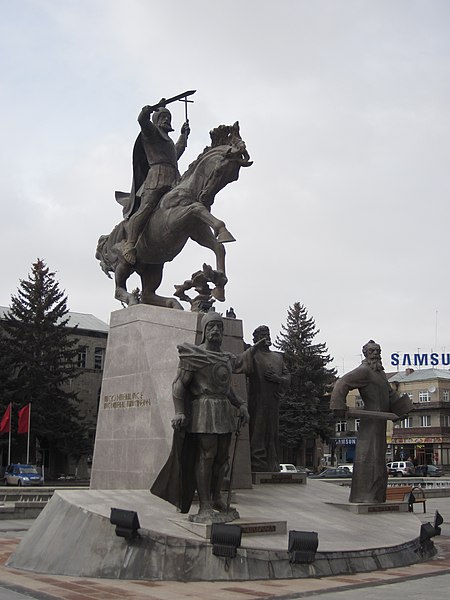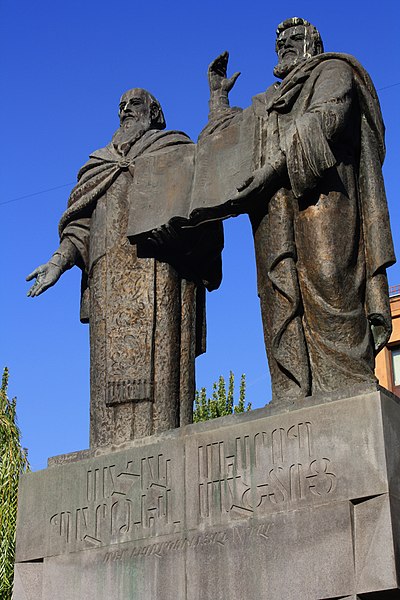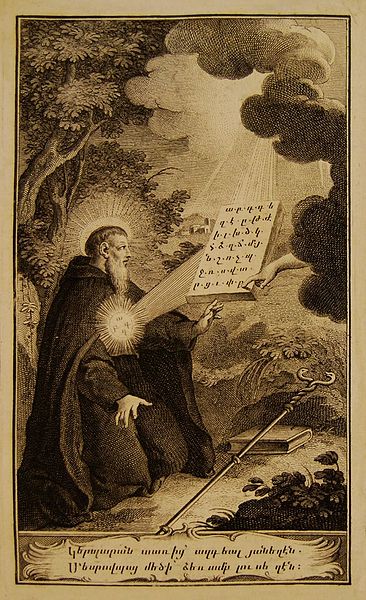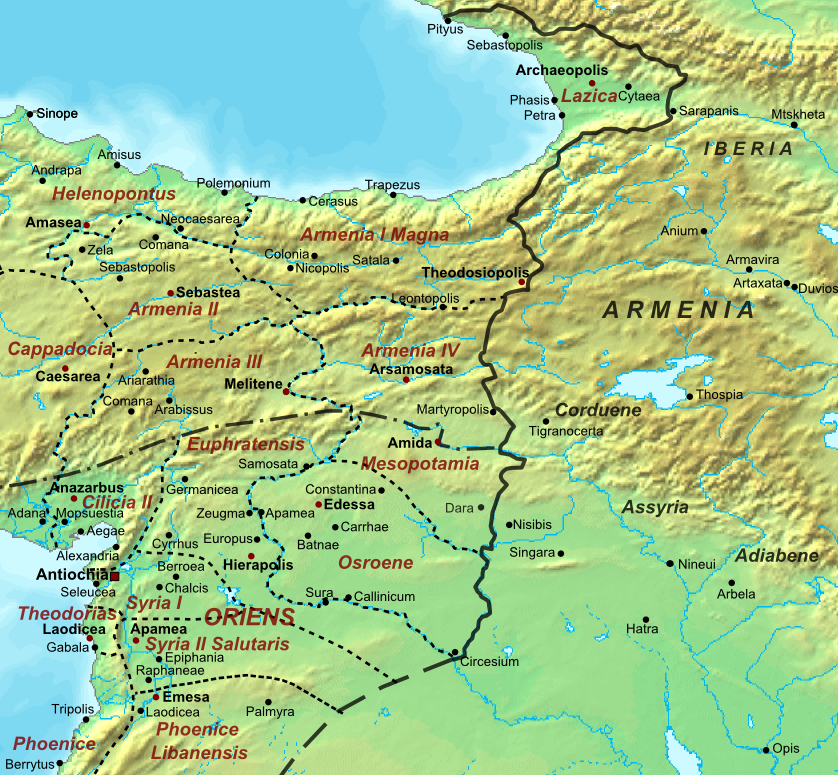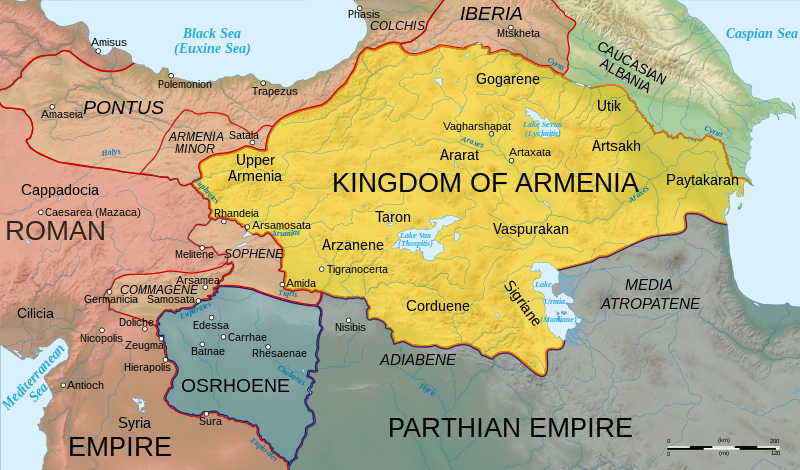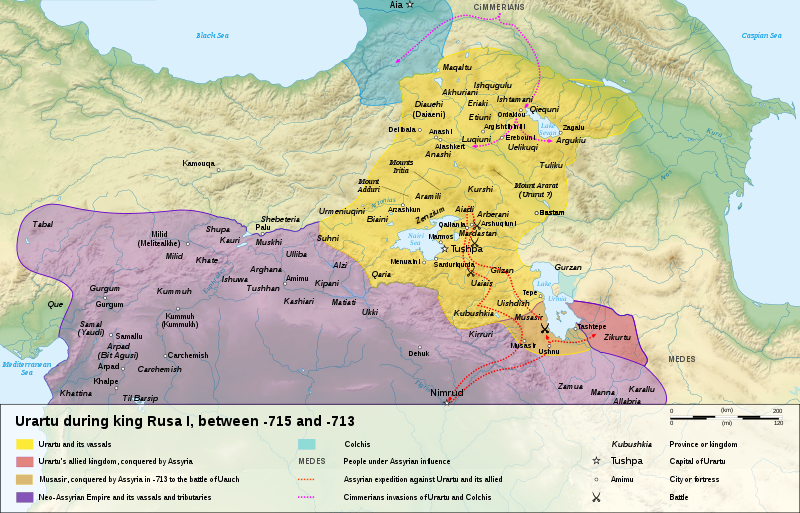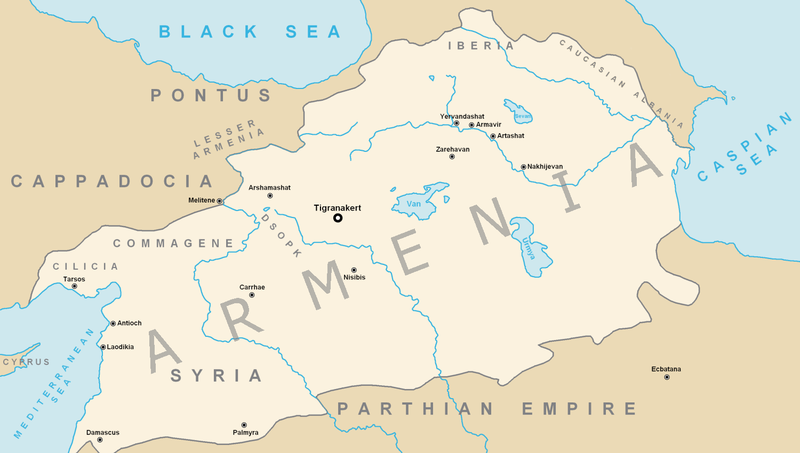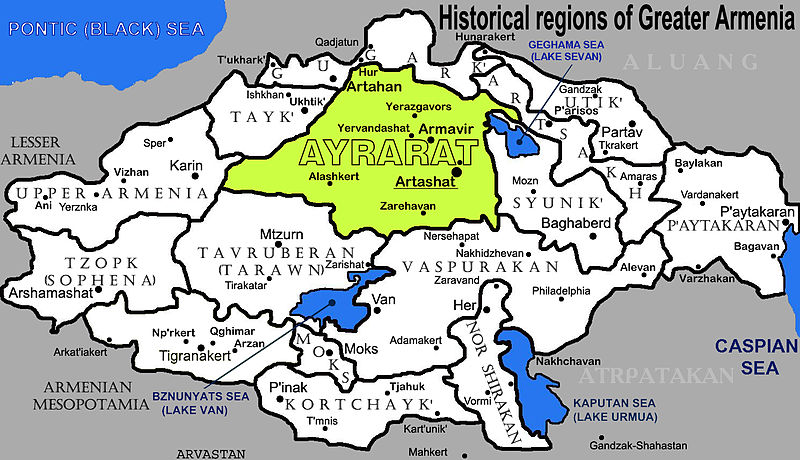Heute beschäftigen wir uns mit der kirchlichen Entwicklung in Armenien. Danach werfen wir aber auch wieder einen Blick auf die Ereignisgeschichte und sehen uns den Untergang der alten Ordnung an.
Wenn euch diese Folge gefallen hat, lasst doch ein Trinkgeld auf Ko-Fi oder Patreon da:
Wenn euch die Folge gefallen hat, dann lasst doch ein Trinkgeld oder Abo da:

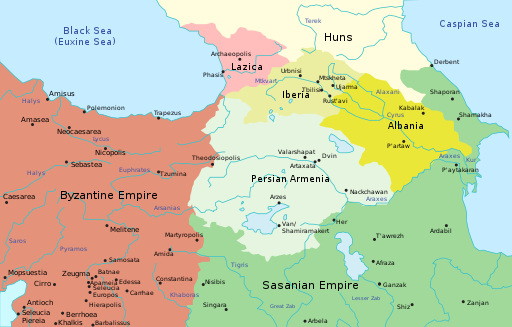
Musik:
RKFM – The Great Desert | Epic Arabic Music | Ancient Oriental Music | No Copyright
World Music Official – https://www.youtube.com/channel/UC0Cf…
Literatur
A. E. Redgate: The Armenians. Oxford 1998.
Richard G. Hovannisian: THe Armenian People from Ancient Times to Modern Times. Volume I. The Dynastic Periods from Antiquity to 14. century. New York 1997:
– N. Garsoian: The Arsakuni Dynastie (12-180-428), S. 63-94.
– N. Garsoian: The Marzpanate (428-652), S. 95-116.
N. Garsoian: Armenia between Byzantium and the Sasanians. Armenia in the Fourth Century. London 1985:
– An Attempt to Redefine the Concepts „Armenia“ and „Loyality“, in: Revue des études arméniennes n. s. VIII (1971), S. 341-352.
– Politique ou Orthodoxie? L’Arménie á quatrième siècle, in: Revue des études arméniennes n. s. IV (1967), S. 297-320.
– Secular Jurisdiction over the Armenian Church (Fourth – Seventh Century), in: Okeanos Essays presented to Ihor Sevcenko on his sixtieth birthday (Harvad Ukrainian Studies 7) (1984), S. 220-250.
– Prolegomena to a Study of the Iranian Elements in Arsacid Armenia, in: Zeitschrift für armenische Philologie XC (1976), S. 1-46.
Werner Seibt: Der historische Hintergrund und die Chronologie der Christianisierung Armeniens bzw. der Taufe des Königs Trdates (ca. 315), in: Werner Seibt: die Christianisierung des Kaukasus, Wien 2002, S. 125-134.
Robert W. Thomson: Syrian Christianity and the Conversion of Armenia, in: Werner Seibt: die Christianisierung des Kaukasus, Wien 2002, S. 159-170.
Roger C. Blockley: The Division of Armenia between the Romans and the Persians at the End of the Fourth Century A.D., in: Historia: Zeitschrift für Alte Geschichte, Bd. 36, H. 2 (2nd Qtr., 1987), S. 222-234.
Geoffrey B. Greatrex: The Background and Afterarth of the Partition of Armenia in AD 387, in: AHB 14 (2000), S. 35-48.

